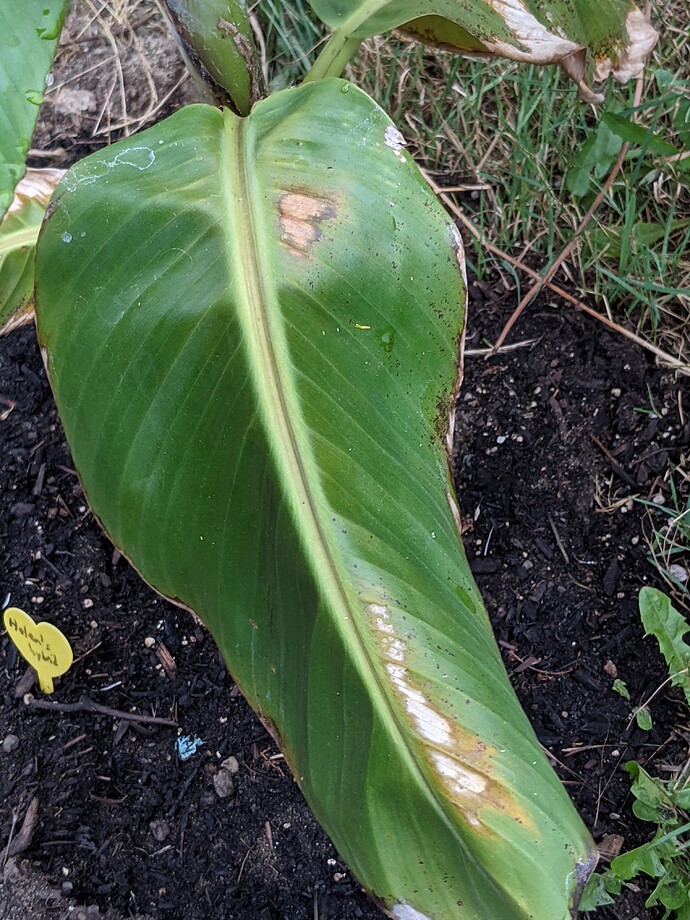Last year (2020) was pretty extreme, with drought and heat. I had some sunburned apples and tomatoes, but mostly had good fruit production.
I’m not good at running outside in 100 F weather to cover my trees with tarps or whatever. Im trying to learn irrigation systems but my learning curve is steep, my well has a lot of sediment and Im waiting for a filter so the lines will stop clogging, among other issues.
This summer so far (It’s still only June) we had historic days with full sunshine and temps above 100 in the afternoons for several days. For two days, that was above 115.
My yard and garden sustained sunburn on fruits and leaves, many flowers and shrubs. And July, Aug are still ahead. Then there’s next year, and onward.
I know it could be a fluke but I doubt it. I am interested in future measures to reduce losses and damage in the garden in the event of more super hot and sunny weather events like what we just had.
That could include what varieties to grow, what cultivars, pruning practices, protective measures. For example, this week -
This year’s heat wave occurred after we harvested most of our sweet and tart cherries. So cherries are good this time.
Many of our apples are sunburned. I had been starting to prune them to have leaves above the apples. The most sun exposed apples seem to be the most affected, and the sun exposed side is completely sunburned. So pruning for a protective leaf cover above the fruit might help. Pruning for the greatest sun exposure - bowl shaped trees, for example - might be counter productive. I don’t know, these are my thoughts.
Same for pears, but the sunburn doesnt look as bad as the apples.
Persimmons look OK so far.
I harvested most of my raspberry crop before the heat wave. So as with cherries, earlier was protective.
I don’t know if Surround spray or Wilt-Pruf would be protective against sunburn. Maybe someone could chime in. White paper bagged fruit might have been wiser, but too late now.
So far my fig trees are not showing any damage. At least part of the blackberry crop is ruined. I might look for a crop cover of some type for them for next year. It’s too late for this year.
Our grapes look OK so far. Not sure about peaches, but the peach leaves are unscathed. Too bad peaches generally cant handle wet winters here. Plums look like a mixed bag. Hollywood seemed more vulnerable than greener plums so far.
Ornamentals are another matter. I have been moving towards succulents, which can be pretty nice yet quite tough. Many of our rhodies are like potato chip bushes now. Buddleia and Forsythia seem less vulnerable to sun.
Trees, too. I can’t imagine that it’s a good time to plant most evergreens. We had them removed around our house for fire abatement - Arborvitae and Junipers might as well be given cultivar names like “Roman Candle” and “Gasoline bomb”. Oakland learned that blue Eucalyptus is highly flammable, producing a miasma of volatile oils that burn explosively. So they might survive a hotter climate, but not be a good choice for a yard planting. I do have an Alpine Eucalyptus which is not supposed to do that.
Thoughts and experiences?






